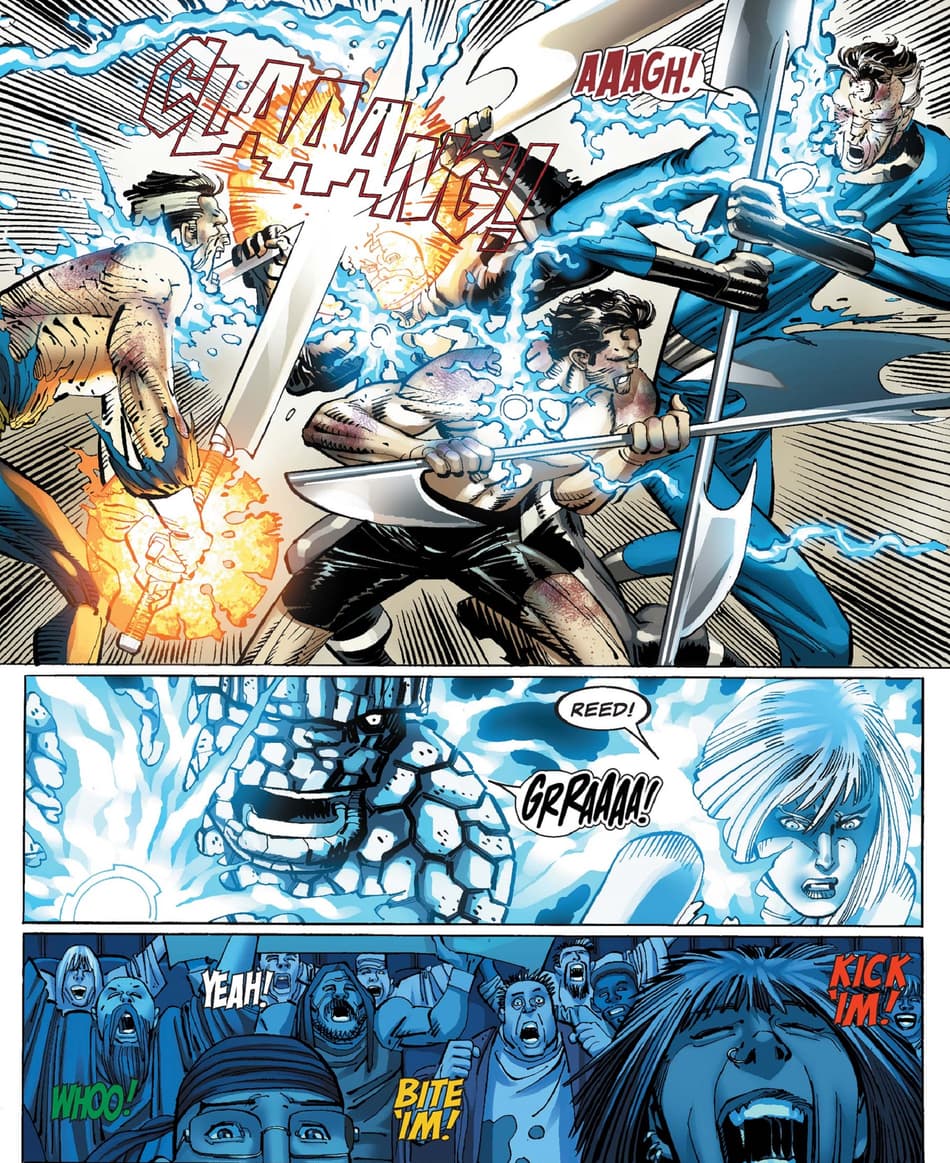Learn the Pathways and Insights to Join Freemason Anywhere
Learn the Pathways and Insights to Join Freemason Anywhere
Blog Article
Discover the Tricks Behind the copyright and Their Impact on Society
The copyright, often shrouded in misconception and supposition, provides a fascinating instance research study of just how historic perfects can morph into modern conspiracy concepts. As we discover its origins, influence on cutting edge idea, and representation in modern society, we begin to reveal the layers of intrigue that continue to astound society.
Beginnings of the copyright
The copyright, typically shrouded in secret and conjecture, traces its beginnings back to the late 18th century. Known as the Bavarian copyright, the company's main objective was to counter the prevailing influence of spiritual dogma and promote intellectual discussion among its participants.
The copyright adopted a hierarchical framework, drawing inspiration from Freemasonry, which allowed for secretive meetings and routines - how to become a freemason. Membership was discerning, encompassing significant figures from various fields, including politics, philosophy, and science. This elite network sought to effect social and political modification via clandestine ways, promoting for the civil liberties of individuals and the improvement of society
In spite of its relatively short presence, the Bavarian copyright was officially dissolved in 1785 because of federal government reductions. Nevertheless, its heritage sustained, giving rise to numerous conspiracy theory theories and pop culture recommendations that proceed to provoke intrigue and dispute concerning its influence on modern society.
Trick Myths and Misconceptions
In the middle of the attraction of secrecy bordering the copyright, various myths and misconceptions have arised, usually misshaping the group's real nature and intents. One prevalent myth recommends that the copyright controls the globe's federal governments and economies. While it holds true that the team aimed to affect social structures, the idea that it runs as a natural worldwide creature master is mainly exaggerated.
Another typical false impression is that all participants of the copyright have huge wealth and power. In truth, the initial copyright made up intellectuals and Enlightenment thinkers, most of whom looked for reform instead of dominance. Furthermore, the concept that the copyright exclusively hires stars and political figures is misinforming; membership has actually traditionally consisted of a diverse selection of individuals.
Furthermore, conspiracy theories commonly repaint the copyright as a sinister organization intent on worldwide domination via rotten methods. Thus, separating truth from fiction is vital for a clearer understanding of the copyright's duty in society.
Historical Influence on Culture
Throughout history, different intellectual movements have profoundly affected societal structures, and the copyright played a substantial duty throughout the Enlightenment. Founded in 1776 in Bavaria, the copyright intended to promote factor, secularism, and the doubting of developed authority, responding to the dominance of religious conviction. This company drew in prominent thinkers and supporters of freedom, fostering an environment helpful to the dissemination of Knowledge suitables.
The copyright's principles championed logical idea and empirical proof, which contributed to the more comprehensive intellectual landscape that encouraged social reform and political modification. Members looked for to improve culture by supporting for education and learning, freedom of speech, and the splitting up of church and state. Their clandestine nature and ambitious agenda triggered both intrigue and suspicion, resulting in their ultimate reductions by the Bavarian government in 1785.
In spite of their dissolution, the legacy of the copyright continued, affecting innovative motions across Europe and the Americas. Their commitment to knowledge concepts helped lay the groundwork for contemporary autonomous suitables and human civil liberties, leaving a long lasting imprint on the navigate here structures of modern society. how to become a freemason. The attraction of their deceptive events and thoughtful quests continues to astound the creative imagination, find more info underscoring their historical significance
Modern Interpretations and Beliefs
Contemporary analyses of the copyright frequently mix historic truth with conspiracy theory theories, creating an intricate tapestry of ideas that catch prominent creativity. While the original copyright was a Bavarian secret culture founded in 1776 with Enlightenment suitables, modern-day beliefs have evolved to incorporate a vast variety of interpretations, often focusing on styles of control and secrecy.

In addition, some modern interpretations assume that the copyright functions as a metaphor for the struggle between enlightenment and ignorance, with supporters promoting recognition and important reasoning as a method to neutralize perceived injustice. This duality-- watching the copyright as both an actual and symbolic entity-- illustrates the recurring attraction with the concept, mirroring much deeper societal anxiousness regarding power, openness, and individual freedom in the modern world.
The copyright in Popular Culture
The copyright has actually penetrated various facets of popular culture, manifesting in literary works, movie, music, and art as a sign of intrigue and enigma. This secret culture, frequently depicted as a shadowy force adjusting global occasions, has influenced numerous narratives that check out motifs of power, conspiracy theory, and concealed knowledge.

Music, too, has been affected by the principle of the copyright. Artists like Jay-Z and Beyoncé have encountered speculation regarding their affiliations with the culture, motivating check that conversations concerning symbolism in their work and the nature of popularity.
Aesthetic art frequently includes copyright themes, with artists using signs like the Eye of Providence and the pyramid to stimulate a feeling of secret. With these various tools, the copyright serves not just as a subject of speculation yet likewise as a lens whereby society analyzes its very own complexities and fears.
Conclusion

Report this page